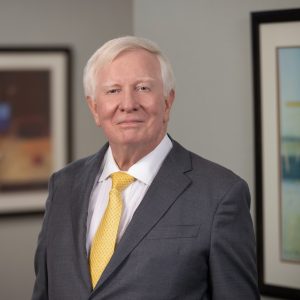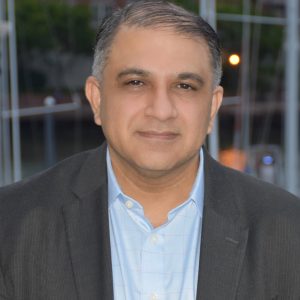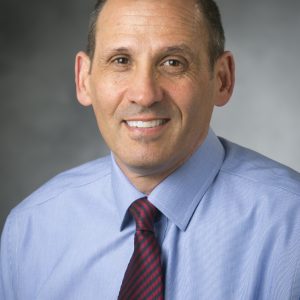CEO Leadership Series: Foad Dabiri, CEO, Wanda Inc.
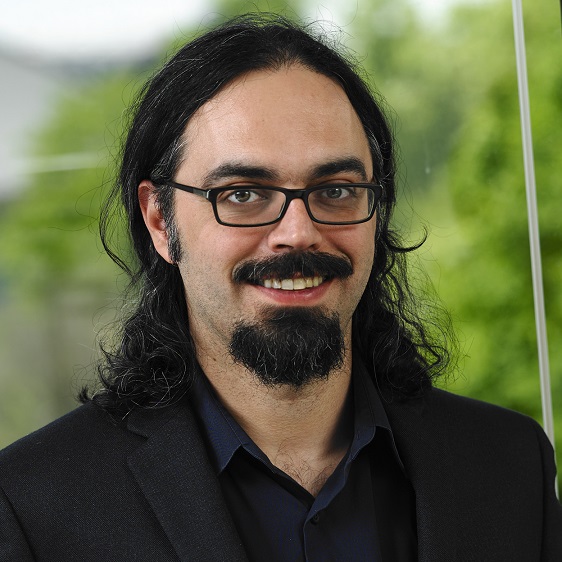
A DATA-DRIVEN APPROACH TO IMPROVING HEALTHCARE
For Foad Dabiri, CEO of Wanda Inc., improving health care is all about the numbers.
He and his team have developed a cloud-based platform that combines remote patient management with data-driven machine learning to help health care organizations improve patient outcomes and reduce costs. The platform created by the San Francisco-based Wanda allows health care providers to spot signs of decline in patients and intervene before the issue sends the individual back to the hospital.
In an interview with Ashton Tweed, Mr. Dabiri talks about why hiring the right employees in the highly competitive heart of Silicon Valley is both challenging and rewarding, and why customers should be treated as team members:
How did you get involved with Wanda?
Wanda was the name of a series of research projects that we started at UCLA more than a decade ago when I was a Ph.D. student, and then after I graduated from UCLA, the research continued. In late 2013, my former adviser at UCLA reached out and said, “Given the outcome, we want to build a company around the research. Do you want to come and start it?” So, I left my previous job at Google and started the company.
While I was at Wanda, we created Oncoverse with Dignity Health. I was CTO of Wanda and Oncoverse, and then I became the CEO of both. After a couple of years, we sold Oncoverse to BTG, the public pharma company.
How does Wanda’s patient monitoring technology work?
Our solution has two main components. The patient-facing component we call Wanda CareLink, which is a multimodal communication and engagement platform used to connect with patients and, depending on their program or diseases, collect certain health information. That data includes general symptoms as well as biometric data.
We analyze that information and deliver the analysis through the second component of our solution, a Web application named Wanda Health Management. Our clients are providers or the care teams that are responsible for those patients from the home health agencies, accountable care organizations to health systems.
One of our unique strengths is that when we collect this data, we use machine-learning models to predict what is going to happen to that individual. For example, we can predict whether someone is at risk of going back to hospital in the next seven days. And, this prediction is made in real time; every day that we receive or don’t receive data we update our real-time predictions.
How much of an impact has Wanda’s technology had on reducing the number of patients needing to return to the hospital?
For congestive heart failure patients, for example, our clients have reported 46-percent reduction in 30-day readmission rate when using Wanda. For post-surgery programs, we have reduced readmission rate by about 50 percent. I must add that the credit for these really exciting numbers does not go to Wanda alone, because at the end of the day, Wanda is a software and technology solution. If the care team doesn’t use it properly or if they don’t act on the information, you wouldn’t see any change. Wanda is a very strong solution that, when used properly, gets amazing results.
What attracted you to the health care industry?
Technology, especially modern information technology, is making very exciting and tangible contributions to almost all industries except health care. On the engineering front, there have been great investments in health care on the device side—for example, imaging devices—but on the software side, things were very behind. And, health care in general is one of those areas where every individual has some sort of personal experience about its impact, application, difficulties, and challenges.
Let me put it this way: There is a chart called the Universal Pain Assessment Tool that hospitals use. From its name, I thought this would be a very sophisticated chart but it’s basically six circles with faces progressing from a crying face on the far left to a laughing face on the far right, and that’s the scale of pain.
I’m not saying the scale doesn’t work, it actually does—but it was always kind of odd to me that in health care, we are not able to quantify things like pain or various aspects of individuals’ health. So, a few data points, coupled with the fact that information technology is almost nonexistent in modern health care, were the primary driver for me to get involved in this area.
What has been your best decision at Wanda so far?
I think my best decisions are all related to the people that I hired. Not all the employees hired were necessarily the best fit, but I think the team is arguably the most important investment that a company can make. At the end of the day, hiring the right people is one of the key things that drives the success of the company.
How many employees does Wanda have?
Right now, we have nine people. I’m expecting to end 2020 with about 26 people.
In what areas will you be hiring?
Marketing, customer support, general and administrative, and engineering. By the end of 2020, I expect about 40 percent of the workforce to be engineering, about 40 percent in sales and marketing, and the remaining 20 percent will be divided between G&A and customer support.
As the CEO of Wanda, what have been your biggest challenges so far?
Recruiting and retaining employees in the San Francisco area. In the Bay Area specifically, hiring good people is very challenging because there are a lot of options available in the tech sector. There are also a lot of companies competing for them — the Googles, Facebooks and Twitters of the world. Especially from a compensation point of view, it can be extremely difficult.
The other challenge is retention. The average tenure of a software engineer in the Bay Area is about two and a half years. This is something that big companies may be able to tolerate, but for us that’s a very short time. By the time somebody learns the old system and then starts contributing, they decide to change jobs.
Another challenge, which is not specific to being CEO but to a company in health care, is being able to properly implement your solution on the scale that you want on the customer side. It’s a very, very slow-moving process on the customer side.
That must be a little frustrating.
Yes, but after a couple of years, you accept that it’s the industry norm where everyone wants to change it moving forward.
What lessons have you learned as a CEO?
One lesson I learned the hard way is that companies, especially new companies, have to treat customers as their own team by interacting and working with them on a day-to-day basis. The amount of learning you can get as far as your business model or product goes will be invaluable.
How exactly do you treat your customers as a member of your own team?
So, at Wanda, our product is a new solution, as are many of the modern digital health solutions—meaning you are introducing a new product into customers’ day-to-day workflow. Regardless of how good your product is, it’s new and it takes time for customers to adapt.
When I say we treat customers as our own team, it means that we go stay with the customer for a few days and observe how they interact on a day-to-day basis and how they use our product. There is no reason for discussion; simply observe how and why they use the product.
When they have feedback, don’t treat it just as one of your customers giving feedback. Treat them like one of your team members who’s coming up with a new, good idea, which increases the value of that feedback. We literally ask our team members to go and stay with the clients for a couple of days, shadow them, and then listen and continue communicating with them after the visit. That significantly improved both our product and the adoption of the technologies on the customer side.
Ashton Tweed would like to thank Foad Dabiri for this interview. If your company needs help from members of the Ashton Tweed Life Sciences Executive Talent Bank, we can supply that assistance either on an interim or a permanent basis. Additionally, if you are among the many life sciences professionals affected by the changes in the industry, Ashton Tweed can help you find the right placement opportunity — from product discovery through commercialization at leading life sciences companies — including interim executive positions and full-time placements. In either case, please email Ashton Tweed or call us at 610-725-0290. Ashton Tweed is pleased to continue to present insightful articles of interest to the industry.
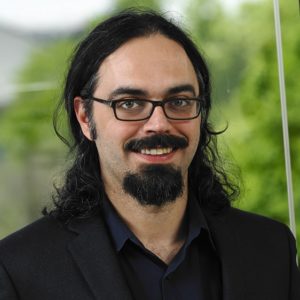 Foad Dabiri
Foad Dabiri
Dr. Dabiri joined Wanda Inc. as CTO in 2014 and was named CEO in 2016. He has also served as CTO and CEO at Oncoverse, a joint venture between Dignity Health and Wanda. Previously, Dr. Dabiri was a Senior Software Engineer at Google, a Principal Scientist at NetSeer, and a postdoctoral researcher at the University of California at Los Angeles (UCLA).
He earned a Ph.D. and a master’s degree in computer science from the UCLA and graduated from the Sharif University of Technology in Tehran with a bachelor’s degree in electrical engineering. He and his wife, who live in San Francisco, recently welcomed a daughter.



